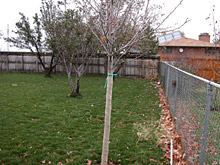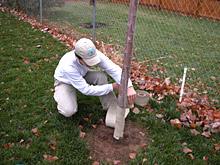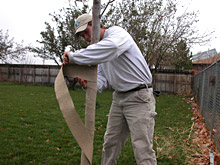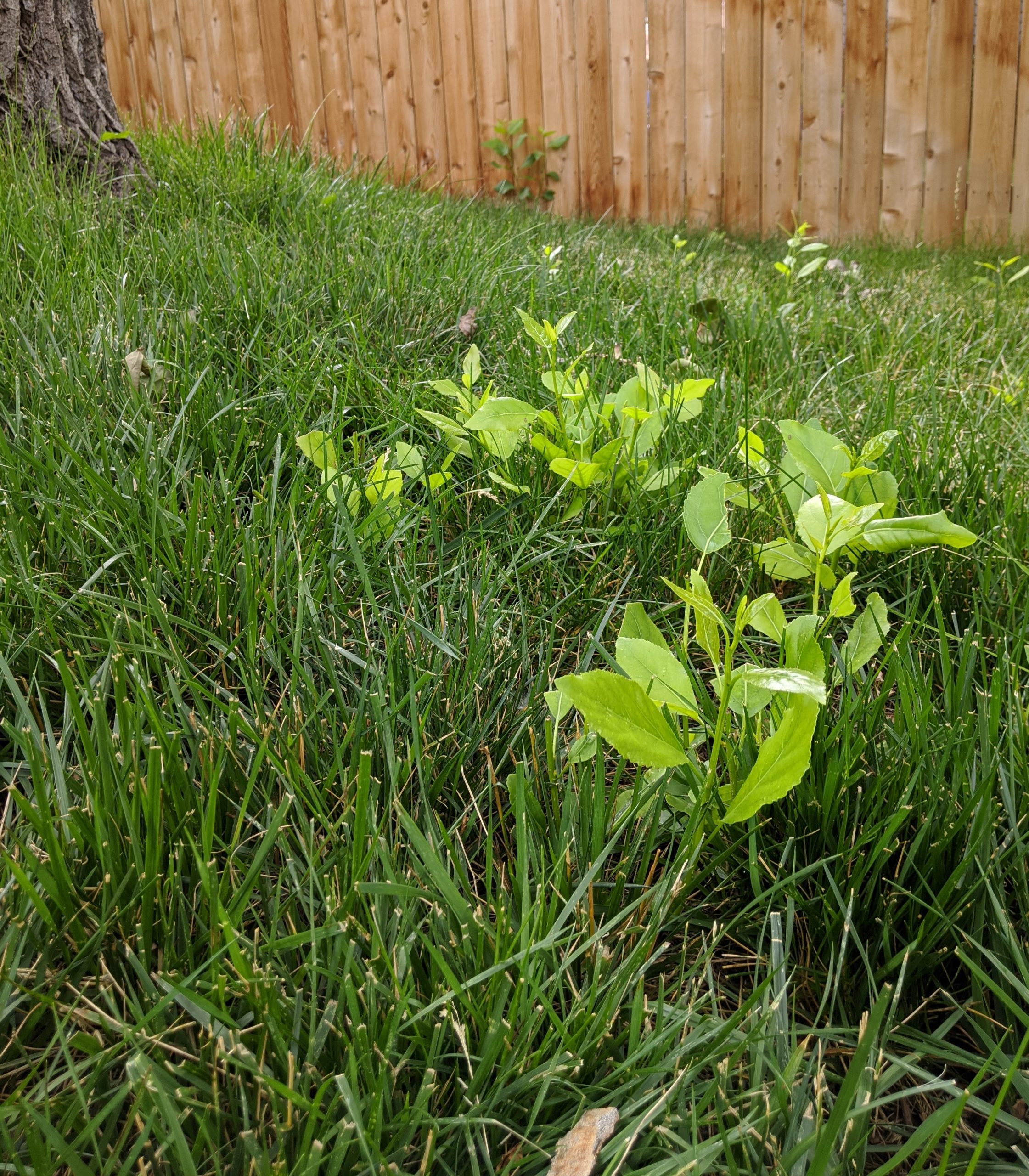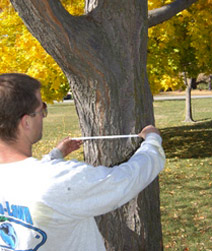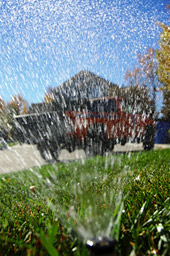BARK PROTECTION FOR TREES
Preventing Bark Splitting and Sun Scald on Trees
Trees that have direct southern exposure during the winter months are highly susceptible to tree bark splitting and sun scald damage. Tree bark damage occurs during warm days when the sun heats the bark on the southern side of the tree. During the night the tree bark cools. If this expansion and contraction of the bark continues repeatedly it will cause the bark to split; exposing the unprotected inner layer of the tree. Wrapping the tree will protect the bark and maintain a more constant temperature thereby reducing the expansion and contraction of the tree bark.
What is Sun Scald on Trees?
Sun Scald is the repeated freezing and thawing of bark following high temperatures in the winter season, resulting in permanent visible damage to bark. In the northern hemisphere, it is also called southwest injury because the bark of the tree tends to have the most damage on the southwest side of the trunk. Bark protection for trees is done by wrapping the tree in the fall.What Trees Need to Be Wrapped?
- Young trees always need to be wrapped, especially during the first 2-5 years after transplanting. A general rule is that all newly planted deciduous trees require winter wrapping to protect the thin bark that is very susceptible to cracking and splitting.
- It is recommended to wrap deciduous trees until the tree has a naturally protective thick bark; however, if the tree is located in direct southern exposure then winter wrapping is recommended even if the species does not normally require annual wrapping.
- Certain tree species including ash, honey locust, and linden trees require annual wrapping; sometimes even when they are mature.
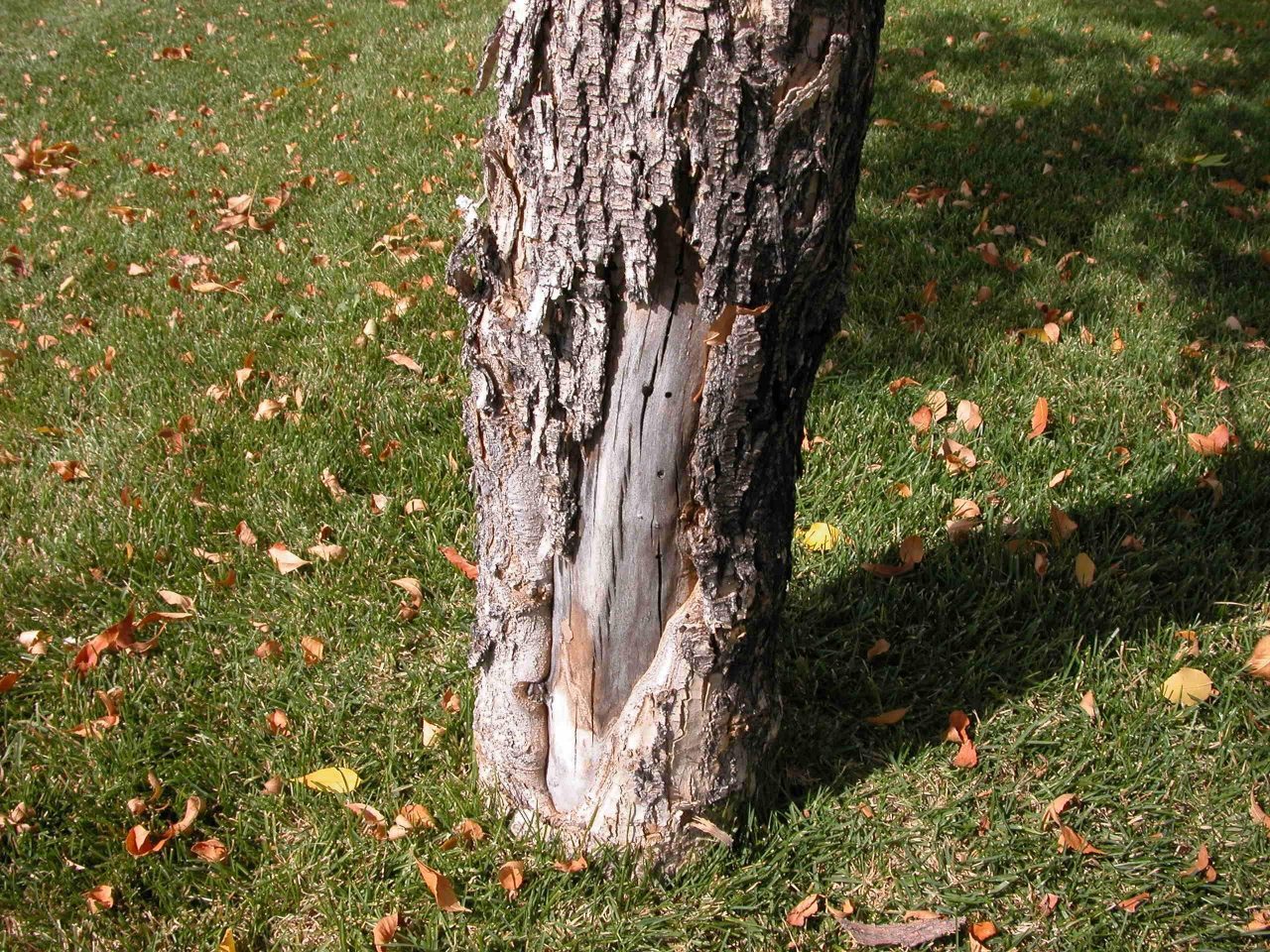
What Trees Do Not Need to Be Wrapped?
- Mature trees with furrowed bark do not require winter tree wrapping.
- Trees that have white bark like aspen and birch trees do not need winter tree wrapping.
- Coniferous trees like fir, spruce, and pines do not need winter tree wrapping.
Tips for Tree Wrapping
When do you wrap trees for the winter?
The best time to wrap a tree to protect it from winter sun scald is during the months of October and November.When should tree wrap be removed?
You should wait to remove the winter tree wrap from your tree until March 1st, but no later than April 15th.- Always wrap a tree starting at the bottom of the trunk working up the tree to the first tree limb.
- We secure the wrapping with a special tape that can expand and is gentle on the tree bark.
